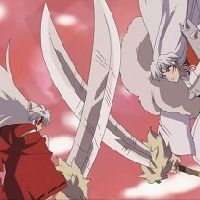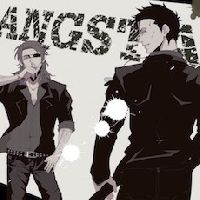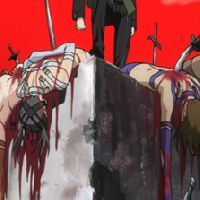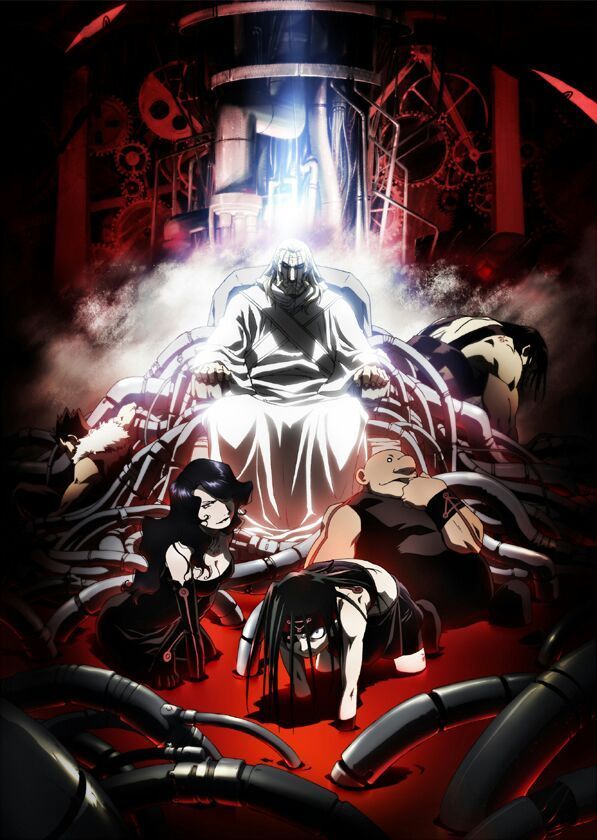
It was no surprise back in 2003 that famed Japanese animation studio Bones adapted the Fullmetal Alchemist manga into an anime. After all, the manga written and illustrated by Hiromu Arakawa was critically acclaimed for its mature themes, compelling drama and entertaining comedy. What was surprising was that the series was later adapted again by the same studio in 2009, in an effort to stay completely true to the source material. You see, back when the original series was in production, it had already caught up with the manga and needed to diverge into its own storyline to finish its run.
While the 2003 anime is widely recognized worldwide, the second series titled Fullmetal Alchemist Brotherhood is considered the definitive version, featuring great changes from the original anime. The biggest change Brotherhood made from the original series was how the portrayal of the homunculus. How different are the changes? Let's take a look.
Origin
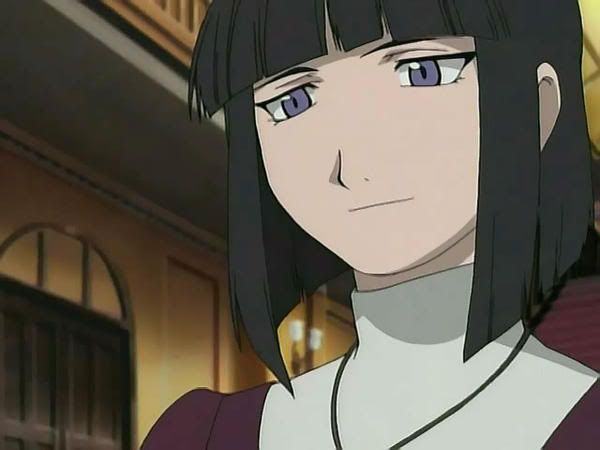
The origin story and "parental" figure for the homunculus differ in Fullmetal Alchemist and Brotherhood. In the former, the homunculus are created after a failed attempt by an alchemist performing human transmutation. While most homunculi become grotesque parodies of the humans intended to be brought back to life, those who came in contact with Red Stones--a less powerful variation of the Philosopher's Stone--become a near perfect replicas of the deceased. The Red Stones are also considered to be the homunculus' energy source; powering their unique and incredible abilities such as regeneration and transformation. Dante, the creator of the Philosopher's Stone, is the woman responsible for organizing and commanding the homunculus. She uses them in her grand scheme to switch bodies with another female host to attain immortality.
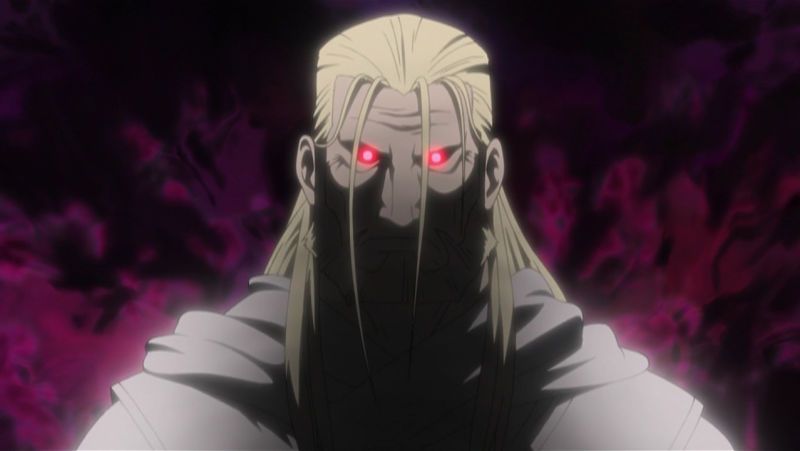
In the latter, the homunculus are created by a man simply known as "Father." Considered to be the first homunculus, Father rid himself of his vices and personified them into individual Homunculi: Lust, Greed, Gluttony, Envy, Sloth, Wrath and Pride. The act not only served to free himself of sin, in his goal of becoming a god, but it provided him with a family to keep him company. The homunculus in Brotherhood are powered by the Philosopher's Stone itself and are more vulnerable than their 2003 counterparts. Where the first version could only be killed by the destruction of the original body, the Brotherhood version could simply be killed by eliminating the Philosopher's Stone in their bodies, or depleting their energy used to regenerate health. Despite being more vulnerable, the Brotherhood version of the homunculus were no pushovers. Still as dangerous and intimidating as one would imagine.
Cast
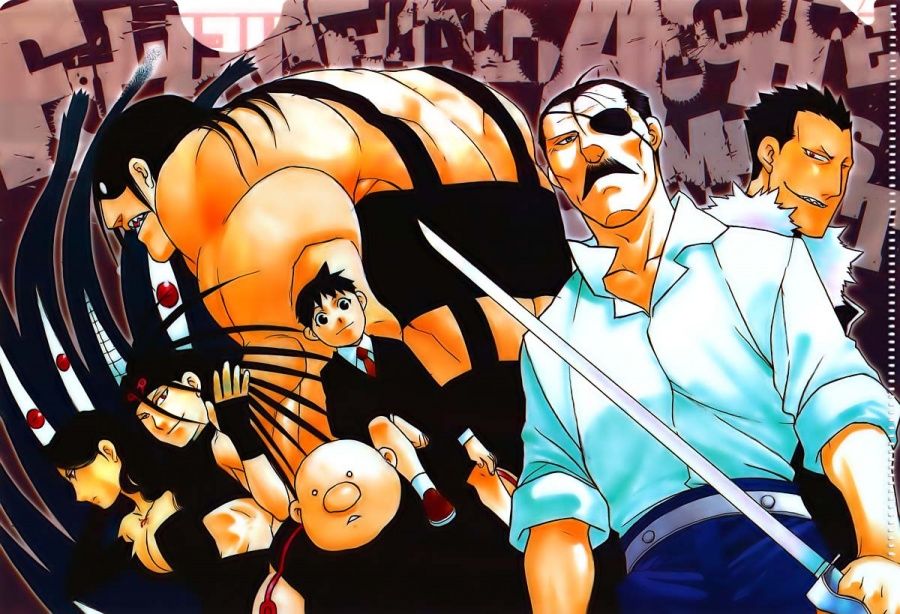
While Lust, Gluttony, Envy and Greed were generally portrayed the same in the 2003 anime series, there were a few differences in the remaining cast. Pride was portrayed by King Bradley, who is actually the Homunculi known as Wrath in Brotherhood. The role of Wrath was taken over by the homunculus that resulted from Izumi Curtis' failed attempt to resurrect her stillborn son. Pride, as depicted in the manga and Brotherhood, is the first homunculus created by father who takes on the form of a child. He also poses as the son of King Bradley and unsurprisingly has a prideful attitude.
The depictions of Sloth are also significantly different between both anime series. The 2003 anime wrote Sloth as the homunculi that resulted from Edward and Alphonse Elric's failed attempt to resurrect their deceased mom. Her powers are largely water based. In Brotherhood, Sloth is a deadly, but lazy muscular giant. His character in not as interesting to watch when you compare him to the 2003 version, with the loss of the Elric brother's connection and being portrayed more of an obstacle in the manga, due to his late introduction.
Lust is portrayed more sympathetically in the 2003 anime, as she betrays Dante and the other homunculus in the hopes of becoming a real human. However, her change of heart comes at the price of her life. With all this happening in the second half, Lust remains a fearsome seductress in Brotherhood. The second anime also plays up the seven deadly sins aspect of the homunculus more than the original series, which only addressed it through subtext.
References to Dante Alighieri's The Divine Comedy are found in Brotherhood, with defining character moments for homunculus like Lust and Wrath seamlessly inspired by passages from Inferno.
Thoughts
It's rare for an manga series to be blessed with two completely different animated adaptations--both being highly regarded in the anime community--but Fullmetal Alchemist fans are lucky enough to be in this exact situation. Although, with two anime series released in the market, it naturally leads to debates within the fanbase on which is better. While purists would argue the first series goes against the author's intention by creating its own homunculi characters and backgrounds, it still stays true to the horrific and tragic themes they're associated with in the manga.
Furthermore, it was Arakwa who encouraged studio Bones to write its own storyline for the 2003 series, because she wanted different endings for the anime and manga. The move also allowed her to continue further with the manga and further developer the characters and storylines. She was even impressed with Bones' interpretation of the Homunculus, saying in an interview with Newtype, “As I watched the show, I found it very interesting to speculate about what kind of final showdown each of the homunculi would have with the people who spawned them.” If the author found the completely new take of the homunculus compelling to watch, then studio Bones must have obviously done something right with its original adaptation.
Regardless on which Fullmetal Alchemist series you watch, both shows offer fascinating antagonistic characters to love or hate with glee. You just got to pick a flavor that's right for you.
